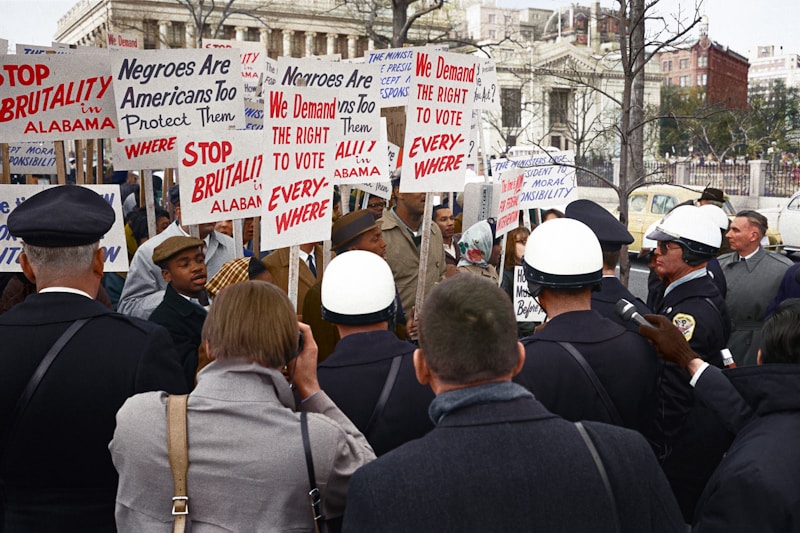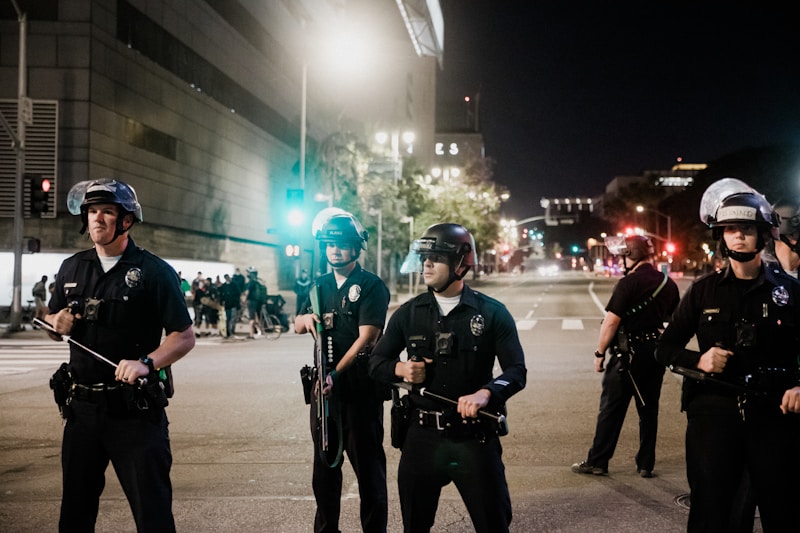9 Questions
What is Brutalist architecture characterized by?
Who coined the term 'new brutalism'?
What material is Brutalism associated with according to Reyner Banham?
What type of buildings was Brutalism mainly used in?
What caused the decline in popularity of Brutalism in the late 1970s?
Which architects are associated with Brutalism?
Where can examples of Brutalist architecture be found?
What is the philosophical approach to architectural design emphasized by Brutalism?
Which Brutalist university building was designed by Paul Rudolph?
Summary
Brutalist architecture emerged in the UK in the 1950s, characterized by minimalist construction and the use of exposed concrete or brick, geometric shapes, and a monochrome color palette. The term "new brutalism" was coined by Alison and Peter Smithson, while architectural critic Reyner Banham associated the movement with béton brut and art brut. Brutalism was mainly used in institutional buildings such as universities, libraries, and city halls. The movement declined in popularity in the late 1970s, with some associating it with urban decay and totalitarianism. Brutalism has been polarizing, drawing both criticism and support. The movement has recently become a subject of renewed interest. The style is a philosophical approach to architectural design, emphasizing functionality and connecting architecture with modern life. The style features exposed inner workings of the building, reoccurring modular elements, and a focus on interior spaces. Architects associated with the style include Louis Kahn, Ernő Goldfinger, and Alison and Peter Smithson. The movement was often associated with socialist utopian ideology, which was supported by its designers. Examples of brutalist architecture can be found in Australia, Canada, the UK, and the US. The style was introduced to university campuses, with an early example being the extension to the department of architecture at the University of Cambridge in 1959.Brutalist university buildings have been constructed across the UK and US since the 1960s, with some of the most notable examples including Denys Lasdun's six linked halls of residence at the University of East Anglia, the Dunelm House at Durham University, and Paul Rudolph's Art and Architecture Building at Yale University. The style has been criticised for its "cold" appearance and association with totalitarianism, as well as for deteriorating quickly in damp climates, but has also been praised for its bold and striking designs. While Brutalism largely gave way to Structural Expressionism and Deconstructivism in the 1970s and 1980s, it has experienced a resurgence of interest in recent years, with many newer buildings featuring softened versions of the style's defining elements. Some Brutalist buildings have been granted listed status as historic, while others have been demolished despite conservation campaigns.
Description
Test your knowledge of Brutalist architecture with our quiz! From the origins of the movement to its most notable architects and buildings, this quiz covers all aspects of Brutalism. Discover the philosophy behind the style and learn about its polarizing reception. Whether you're a fan of the bold and striking designs or critic of the "cold" appearance, this quiz will challenge your understanding of Brutalism. Don't miss out on the opportunity to test your architectural knowledge and learn something new!



